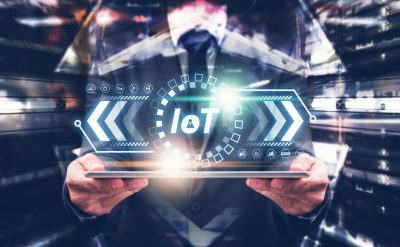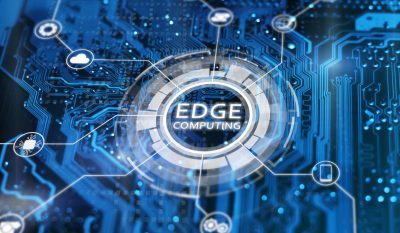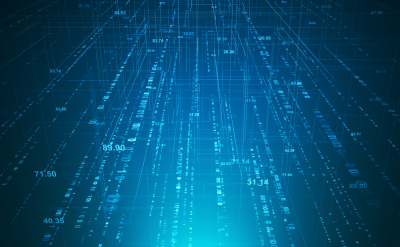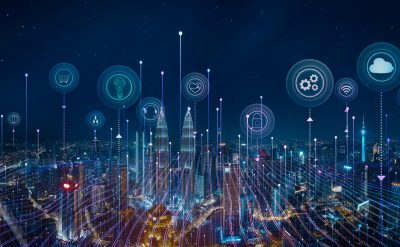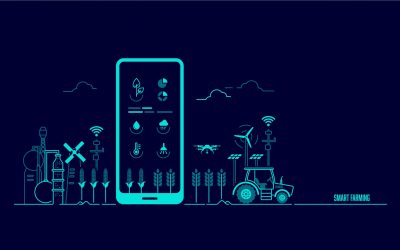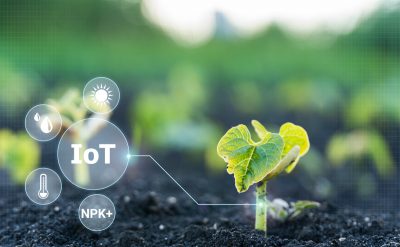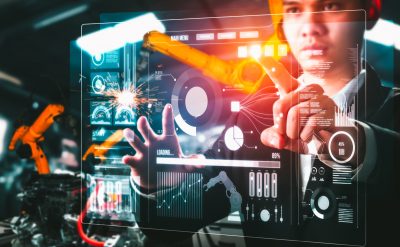Internet of Things (IoT) is developing a path to a more connected world by integrating technology and human interaction. IoT is one of the biggest technology trends that organizations are not only investing in 2020 but even looking to understand in-depth as part of their R and amp;D departments. According to Statista, in 2009, there were about 900 million connected things in use around the world. Sometime around 2007, the number of devices on the planet surpassed the number of people. By 2020, it’s expected that the number of devices is all set to reach 20 billion.
The first internet-connected device was a Coke Machine, and it was installed at the Carnegie Mellon University in the 1980s that could report its stock level using the ARPANET (the replaced name used for Internet then). The coke machine gave an inventory count to the vendors, making the complete task of restocking hassle-free. In the next decade, we saw vending machines coming up at all the significant locations of social gatherings or commute. As the number of devices increased, the main challenge was connecting each one of them to gather necessary data. The next step was the wireless technology. Maybe, in a long haul, but still, imagine a smart refrigerator that could track your daily usage items and order them online as soon as they needed restocking; the imagination seemed to get better in every way.
The term Internet of Things came into use way back in 1999 when Kevin Ashton, Co-founder of MIT Auto-ID Center, coined the term. The acronym IoT came into usage during the 2010s, but once the term was coined, it was used widely. Ashton had imagined using the RFID (Radio-Frequency Identification) technology to connect devices; however, the technology was inefficient as the number of users increased. IP technology proved to be more efficient in dealing with the challenge of the growing number of devices and data transfer.
In June 2000, the world’s first internet-connected refrigerator appeared, launched by LG Internet Digital DIOS featuring a LAN port for IP connectivity. The concept IoT saw more real-world implementation in the 2000s. In 2008, the IPSO Alliance formed as a collaboration of all the industry partners that were interested in promoting the connected devices. It was one of the first signs that more prominent organizations and not just entrepreneurs or researchers were interested in this technology, and there is a potential for growth.
Over the last decade, the IoT technology has been one of the leading frontiers, where large businesses are investing. Here are some stats to support the growth,
1. By 2020, the discrete manufacturing, utilities, and transportation and amp; logistics industry projected to spend close to $40 billion on various IoT platforms, services, and systems.
2. McKinsey predicts that the IoT market is all set to be worth $581 billion for ICT-based spends alone by 2020, with a CAGR of 7–15%.
3. The Industrial Internet of Things (IIoT) market is predicted to reach $123 billion in 2021, attaining a CAGR of 7.3% through 2020.
4. According to a Forrester Survey, industrial products are leading in the IoT adoption at 45%, with an additional 22% planning to adopt it within the next 12 months.
5. According to Capgemini, Harley Davidson reduced the build-to-order cycle by factor 36 and grew the overall profitability by 3–4%. It had completely shifted the production to an IoT-enabled system.
The potential of IoT seems to be expanding with every newly added technology, reducing costs, and enabling business models with platform development (app development and integration). IoT is currently the most researched technology globally, with the main focus on integration with cloud services and APIs. Businesses are trying to bring applications that use IoT technology to gain access to real-time data at a faster rate with greater accuracy. High-speed internet will be the key to growing IoT application usage, with device makers such as Samsung, LG, Qualcomm, Huawei, and Intel, all trying to gain an edge with the new patents. The above 5 companies are the top patent holders, with approximately 13,300 IoT patents. Samsung has the highest number of patents with 820, while LG with 524, and Huawei at 490 patents.
Despite the growing trend of adoption and research in the sector, there seems to be a strong disconnect between the various features of building an IoT environment with the current IoT devices.
1. Securing the environment
Security is, by far, the biggest concern for the organizations working toward IoT development. Every device is connected to the broader edge computing network, and the overall attack surface is much larger than any other traditional network architecture. Most of the devices access multiple networks giving gateway to potential cyberattacks. Many of the IoT edge devices’ functions lack in autonomous upgrades, while most of them are using modern security protocols that traditional networks fail to take into account when evaluating risks.
Credentials are the first step toward fixing the security issue, as most of the devices are set to default password when connected to the network. However, the user uses a default password. Mirai botnet attack is one of the prime examples of attacks happening due to the use of default passwords. For network security, organizations should rely on the zero trust model of security wherein devices are considered to be compromised.
2. Network bottlenecks
The increased number of connected devices is already placing strain on the current set traditional network. If the organizations lack the framework to reduce latency in connectivity, the devices will be failing to fulfill its function. A centralized cloud network contributes to the bottlenecks for the devices, forcing it to funnel data back to the main servers waiting for the response. Data processing delays in autonomous vehicles can make them completely irrelevant. Edge data centers can assist the organization in loading-off main data centers for remote areas and expand the functionality of IoT devices.
3. Compatibility
Standardization in the current technology is a challenge; device manufacturers still need to take various compatibility concerns into account when an organization is dealing with network building and addressing IoT problems. Since IoT edge devices are pushed to the extreme areas of the network, it’s becoming a challenge for the providers to manage the devices. Updates and compatibility patches should be delivered seamlessly for all the devices and with minimal user input.
IoT is growing in many directions currently, and many of the current different technologies such as AI and ML would become a common standard. Many of the compatibility issues stem from the non-unified cloud services, such as the lack of standard M2M protocols, diversity in firmware, and even variation among the operating systems among IoT devices. Some of the technologies will eventually become obsolete.
4. Customer concerns
According to a recent study by the Dutch cybersecurity firm Gemalto, 90% of the consumers lack confidence in the IoT security. Currently, 65% of people are concerned that various hackers might gain access to devices. Consumers/providers around the world are skeptical because most of the devices that are used at home/offices might compromise the user’s privacy.
Organizations can implement user privacy regulations and transparency solutions at various stages of data gathering and processing. Communicating this information clearly and proactively can be a challenge, but, in the long term, it will improve IoT security.
IoT for Enterprises
Enterprise is supporting the growing trend in the market of IoT adoption. According to Gartner, there are currently more than 5.8 billion endpoints that will be in use in both the enterprise and automotive industries by 2020. Though the challenge remains, the opportunity still grows. The construction and manufacturing industries are looking for a technology that can tip the automation. Most organizations have stepped into automation, but the last link to connect automation with real-time monitoring of data is still far from reach.
Providers are offering businesses with technology to build and deploy applications that can scale up to millions of connected devices. With the focus shifting more toward enterprises and industrial organizations, the IoT journey is taking steps toward the right solutions. Organizations are now approaching providers with intent-based problems rather than leveraging and using the provider’s resources.
The IoT component price reduction will play a vital role in the adoption journey, so will be the need for end-to-end IoT solutions that can ease application development and deployment. The inclusion of different variability in requirements related to device functionality, communications, and application logic requires an integration of a host of different hardware and software elements. Integration, installation, and maintenance complexities are establishing significant barriers for most enterprise-based IoT solutions.
Conclusion
To completely value the data provided by the IoT devices- analytics and data infusion is the need. Data gathered from various sensors demands to be processed in real-time; hence the challenge for organizations would be developing a latency-free network with smaller units of the data center. Providers and IoT device users are still concluding about the applications of real-time data analytics as the step toward processing that is more crucial. Businesses need to work toward positioning IoT applications strategically because, over the next decade, the transformation would be disrupting the devices market.
Whether the need to gain operational efficiency or cost savings, IoT will be a technology of the next decade, and if combined with AI, there could be a rise in the autonomous industry across various sectors. The configurable platform, cost of ownership, and maintenance of network and devices will be the next steps the organizations need to watch out for. To know more about the technology, you can download our latest whitepapers on IoT.






























































